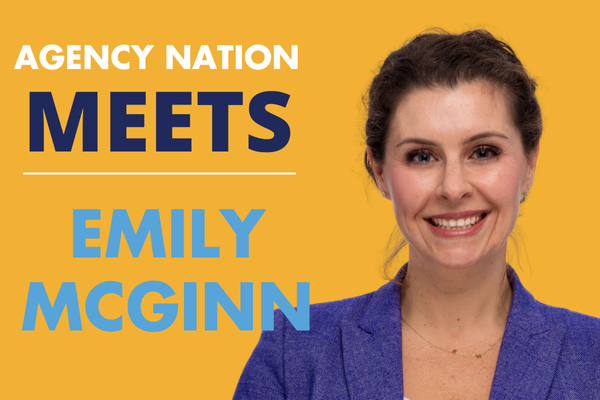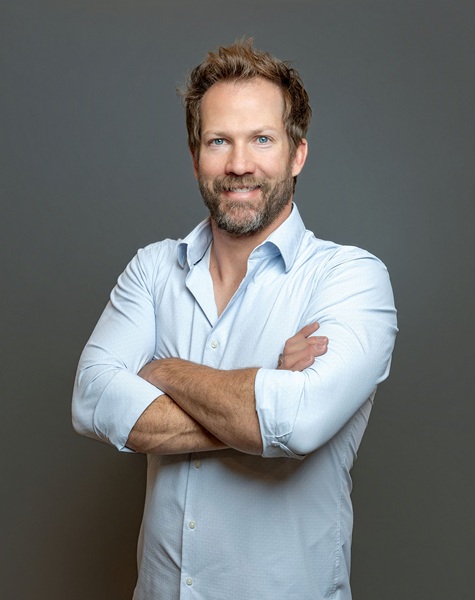3 Ways to Determine if a Prospect Is Worth Your Time

By: Susan Toussaint
Not all prospects are created equal. This might sound like blasphemy, but it’s true. Producers with robust pipelines know it, and so should producers who struggle with maintaining a continuous flow of prospects. The sooner you recognize which prospects are worth investing in, the better.
Unless you live in an area of the country where demographics are a challenge, it’s likely there are more prospects that fall within your right-fit profile than you could possibly do business with in a given year. The issue is producers often spend time on low-probability opportunities, instead of focusing on prospects who are a right fit.
Here are three ways to make sure you aren’t wasting your time on a prospect:
1) Determine what makes a prospect the right fit. One of the greatest gifts of being a producer is the ability to determine your area of specialization and the types of accounts you want to build your book of business around. If you enjoy engaging with people who get their hands dirty, specialty trade contractors may be your target. Excited about new products and development? Perhaps you’re suited to target startups or manufacturers.
There are so many options. The key is to select two or three industries that excite you and where opportunity exists to develop 10 or more clients within those industries. Additional considerations include average revenue per account and the ability to leverage existing centers of influence.
Narrowing your focus to two or three industries allows you to develop and grow your industry knowledge, gain an appreciation for the most frequent risks and better demonstrate to your prospects that you have an acute awareness of the challenges they face.
Beyond these basic qualifications, it is important to also be in tune with the characteristics of your buyer. This is a frequently overlooked consideration and one that can lead to working on low-probability opportunities.
2) Focus on your buyer’s behavior. The most important qualifier to determine a right-fit prospect is their behavior. Are they curious? Are they actively engaged and collaborating with you? Or are they slow to respond or unable to commit the time necessary to engage in a meaningful way?
Buyers who don’t demonstrate respect for your time or won’t engage in an interactive manner do so for one of two reasons. Either their interest has not been piqued by what you have to say or they are accustomed to not needing to actively participate to get a quote. This doesn’t necessarily make them a wrong fit for you. However, it should cause you to pause and evaluate if it makes sense to move forward. Before walking away, ask yourself the following questions:
- Have I shared why it is necessary for the engagement to be interactive?
- Have I demonstrated an understanding of their business and industry and the risks that often go unaddressed?
- Have I shared the risk of simply getting a quote versus engaging in an interactive dialogue or a risk assessment conversation?
If your prospect continues to show little interest or fails to see the risk of not engaging, it’s likely you’re not a good fit to move forward together. But don’t despair. The earlier in the sales process you determine this, the better. Spending too much time trying to convince your prospect is often time wasted.
3) Leverage the scarcity trigger. When you find yourself at that pivotal point of deciding if you should move forward or walk away from a prospect, consider leveraging the scarcity trigger. Simply put, people want more of the things of which they can have little or none of.
Using the scarcity trigger is as simple as saying, “It appears we may not be a good fit to work together. I have capacity to work with only a handful of new clients this year, and I find what I have to offer isn’t a good fit for everyone I meet.”
This statement is not only powerful but also truthful. You don’t have capacity to work with everyone. Those who value what you have to offer and are open to collaborating earn a place at the front of the line. You have the power to choose.
Susan Toussaint is vice president, Growth Solutions, U.S. with ReSource Pro. For over a decade, Susan has been training, coaching and developing programs to help insurance professionals overcome barriers to organic growth. In 2006, she started Injury Management Partners, and in 2009, she co-founded Oceanus Partners with her partner, Frank Pennachio. Today, she is a full-time trainer and consultant focused on developing products and training that help clients attract, acquire and retain profitable, right-fit business.










